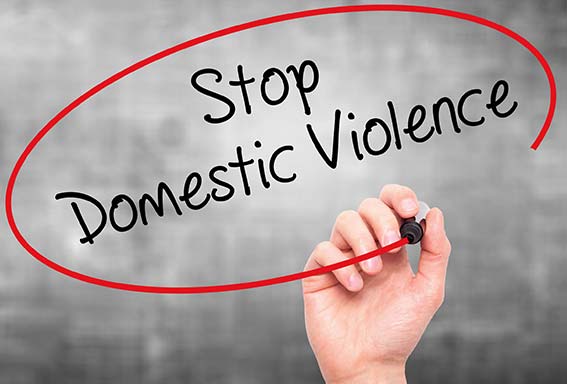Introduction
In the twenty-first century, women can be seen leaving their houses with confidence, holding prominent positions, and competing with men. Should we conclude from this image that there is no longer any history of violence against women in domestic settings? Big no is the answer. Despite numerous initiatives to lower the number of offences pertaining to women, violence against them persists in society. The purpose of this article is to educate readers about women’s rights and the laws that were put in place to shield them from domestic abuse.
Protection of Women from Domestic Violence Act, 2005
After much effort on the part of women’s organisations and numerous rounds of deliberation, the Protection of Women from Domestic Violence Act of 2005 was finally passed. Its advantage was the elimination of all the loopholes that made it difficult to provide women with justice.
As we previously discussed, the challenges associated with pursuing legal recourse made it difficult for the women who felt wronged. The new law created protection officers, who were in charge of supporting women throughout the legal system, to make it simpler for victims to file legal claims.
The definition of “aggrieved person” in this legislation encompasses both single women and women in relationships that bear resemblance to marriage, which is another characteristic.
This Act’s definition of domestic violence includes verbal, physical, sexual, emotional, and financial abuse. Since the definition of domestic violence has been widened, courts will be able to convict the respondent before the harmed woman feels threatened with self-harm as a result of the abuse she is receiving.
Women who are victims of domestic abuse are given comprehensive protection under this Act. It is primarily about giving the victim a civil remedy. The magistrate’s orders and financial relief are among the remedies.
Rights and Remedies provided under the Act
- Protection Order
In accordance with Section 18 of the Act, the protection order is granted in order to shield the women from future violent incidents. It forbids the respondent from getting in touch with, meeting with, or violently harming the victim in any way, as well as from alienating assets, bank lockers, and bank accounts that are owned jointly or separately by the respondent, among other acts that are forbidden by the protection order.
In accordance with Section 31, violating a protection order is a crime that is punishable by both a fine of up to twenty thousand rupees and a term of imprisonment of any kind that can last up to a year, or both.
- Residence Order
If the magistrate is convinced that domestic abuse has occurred, he may issue a residence order in accordance with Section 19 of the Act. The order may prohibit the respondent from taking the aggrieved party’s belongings or interfering with their possession in any other way, from moving into the portion of the shared household occupied by the aggrieved party, from alienating or disposing of the shared household or encumbering it, from renouncing their rights in the shared household, and from ordering the respondent to leave the shared household or find the aggrieved party alternate housing.
In addition to the previously stated instructions, the magistrate may issue additional directives and orders to the respondent and police officers under the same section in order to guarantee the security of the aggrieved women.
- Custody Order
During the application hearing, the magistrate may, in accordance with Section 21 of the Act, grant the aggrieved party temporary custody of the children and, if required, make specific arrangements for the respondent to visit the children. With the caveat that the magistrate shall refuse to permit any visit from the respondent if the magistrate believes that it could be detrimental to the interests of the child or children.
- Compensation Order
On an application from the injured party, the magistrate may, pursuant to Section 22 of the Act, order the respondent to pay damages and compensation for the harm—including mental anguish and emotional distress—caused by the respondent’s act of domestic abuse.
When deciding how to proceed with an application under Section 12 subsection (1), the magistrate may order the respondent, in accordance with Section 20 of the Act, to provide monetary relief to cover the costs and losses incurred by the aggrieved party and any of their children as a result of the domestic violence. This relief may also cover other costs.
Women are protected from being evicted from their homes by Section 17 of the Act, which grants them the right to live in the shared household regardless of any rights, titles, or beneficial interests they may have in it.
Conclusion
In order to protect women from all forms of violence, all legal loopholes should be closed and sufficient funding should be provided for the effective operation of the machinery mandated by the Act. Women are victims of violence because of their social standing, as was previously mentioned in this article’s history section.


They never compromise on quality.
order lisinopril tablets
Their health awareness programs are game-changers.